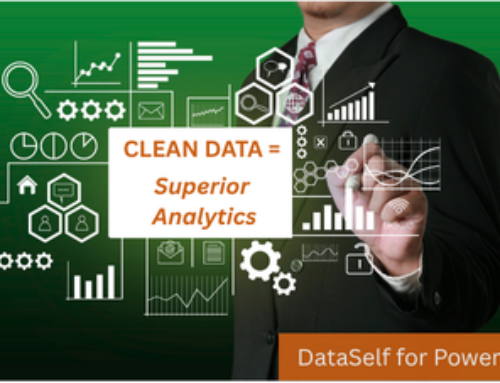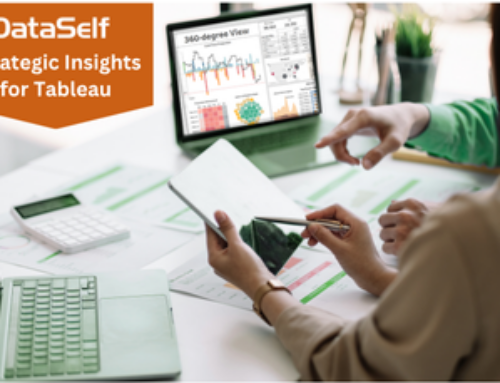The Truth Hider: Uncovering Reporting’s Single Version of the Truth
 If you look back upon the most notable ‘arch-villains’ who battled Batman, the one that seems most appropriate to criminally-bad reporting is The Riddler. Renamed – only slightly – to The Truth Hider, this purveyor of puzzles peddles his trade in the form of analytical reports that confound instead of clarify. In this edition of The Villains of Bad Reporting, we will zero in on the antics of The Truth Hider and how they can best be overcome.
If you look back upon the most notable ‘arch-villains’ who battled Batman, the one that seems most appropriate to criminally-bad reporting is The Riddler. Renamed – only slightly – to The Truth Hider, this purveyor of puzzles peddles his trade in the form of analytical reports that confound instead of clarify. In this edition of The Villains of Bad Reporting, we will zero in on the antics of The Truth Hider and how they can best be overcome.
The Villains of Bad Reporting: The Truth Hider
In The Superpowers that Create Data Heroes, The Truth Hider was described as ‘the worst villain of all” specifically because he hides the true performance of your business behind contradictory reports. The Truth Hider successfully targets the ultimate goal of any data superhero – the invaluable ‘single version of the truth’.
But . . . before we talk about what tools a data superhero needs to combat this villain, we need to fully understand what it is we’re fighting for. ‘A single version of the truth’ sounds all well-and-good, but exactly what does it mean and how does The Truth Hider keep it from you? Once we answer those questions, we’ll be in a better position to identify the data superpowers you need in your virtual utility belt to defeat this villain.
What is ‘a single version of the truth’ (SVOT)?
Put simply, SVOT is an approach to business-wide reporting whereby all reports and analytics use the same logic. They use the same formulas and the same calculations to show results based on a common set of analytic assumptions. Consider, for example, the calculation of cost-of-goods-sold. The SVOT relies on the precept that all reports that include cost-of-goods sold in their analytics – use the same formula for calculating it.
How The Truth Hider Obscures the SVOT
The answer is no puzzle; look at the construction of virtually any report or spreadsheet and the deviousness of this villain becomes obvious: the calculations used by a report . . . are defined within the report. And when a single calculation (like COGS) is individually defined within two, ten, twenty, (or more) reports, the odds that those calculations will differ (either intentionally or accidentally) . . . is increased exponentially.
This results in reports that conflict with each other . . . that contradict each other . . . and lead to uncertainty about the performance of your business. You don’t really know what’s doing well – and what’s not. You can’t say why you’re doing well – or why not. And you can’t be certain that the decisions you’re making are the right ones . . . or not.
This is when The Truth Hider gleefully rubs his hands together, thinking he has won.
(Or has he . . . ?)
Centralized Analytics, an Effective Weapon to Combat The Truth Hider
As a Data Superhero, you have the superpowers to combat even this most dastardly of deceptions – because in your virtual utility belt is a little something called ‘Centralized Analytics’.
Centralized analytics is a design feature of DataSelf’s BI-based Reporting™ that lets businesses define calculations and formulas on a centralized server. Each calculation is defined once, in a unique location on the server – ensuring that any and all reports that use it . . . use the same formula. This creates consistency across all reports. Should changes need to be made to a specific formula, it is made once – and all the corresponding reports are immediately updated to reflect that change.
Fighting the villainous Truth Hider is all about consistency. If you can get all of your reports to play by the same rules, the resulting analytics will lead you to a single version of the truth – something that DataSelf gives you the superpowers to achieve.
Chalk up one for the good guys: Data Superhero 1, The Truth-Hider Zero. You – and your business – win.
If centralized analytics sound like something that could improve your business’ insight – contact us to learn more.




